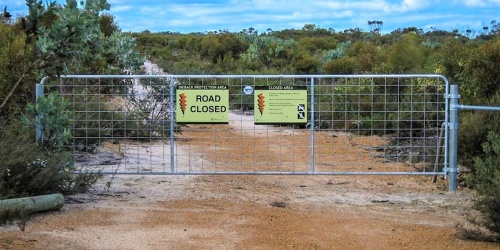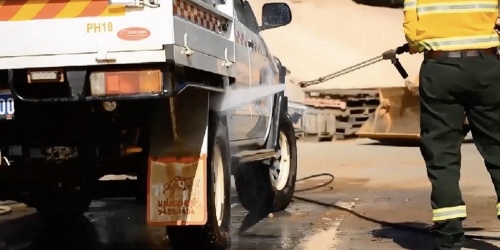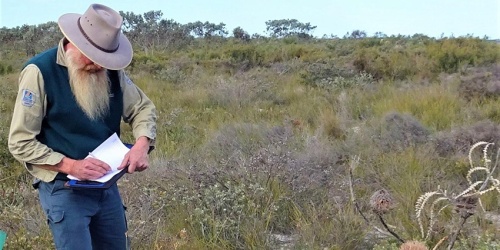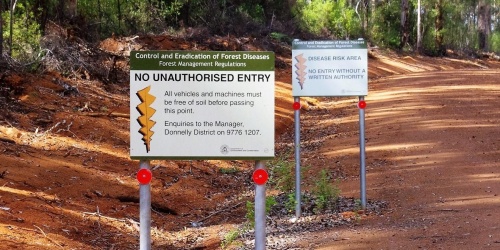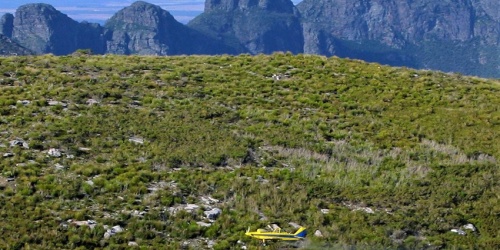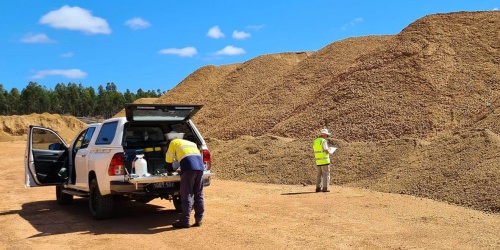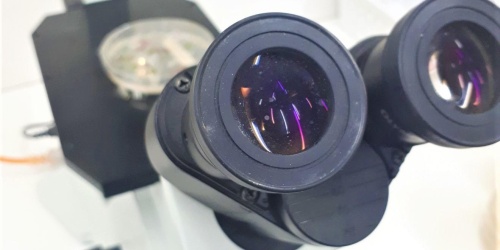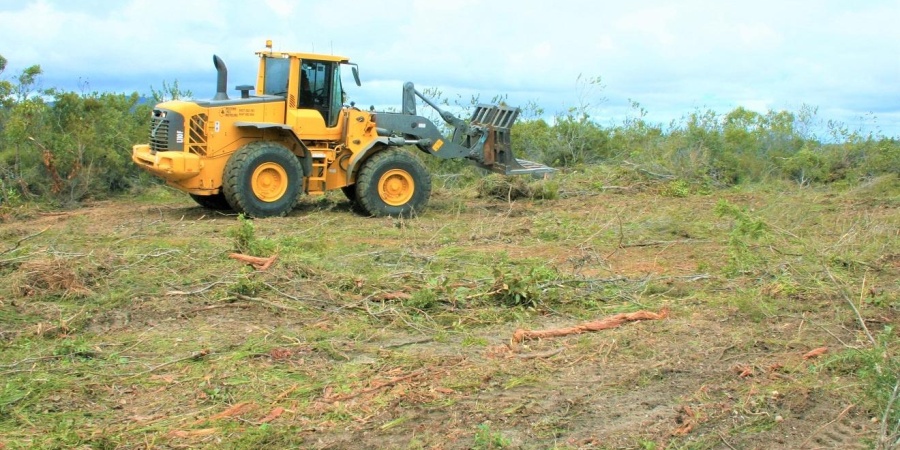
Machine clearing vegetation Photo by Damien Rathbone
Disturbance activities refers to any human activities where soil will be unintentionally or intentionally disturbed and moved. All disturbance activities carry a level of dieback risk. Dieback risk refers to the likelihood (or chance) that during a disturbance activity Phytophthora will be moved to an uninfested area and the consequences (or impact) of it becoming established to cause dieback. Based on Corporate Policy Statement 3 - Management of Phytophthora Disease, the department’s procedures for assessing the dieback risk associated with a disturbance activity and developing a plan to minimise the risks are described below. The policy can be downloaded from our Corporate Policies page.
Phytophthora Dieback Management Manual
The Phytophthora Dieback Management Manual (FEM079) describes the process for assessing dieback risk associated with a disturbance activity and developing a plan to mitigate the risk using the Dieback Management Plan form (FEM079). Download these documents from the bottom of this page.
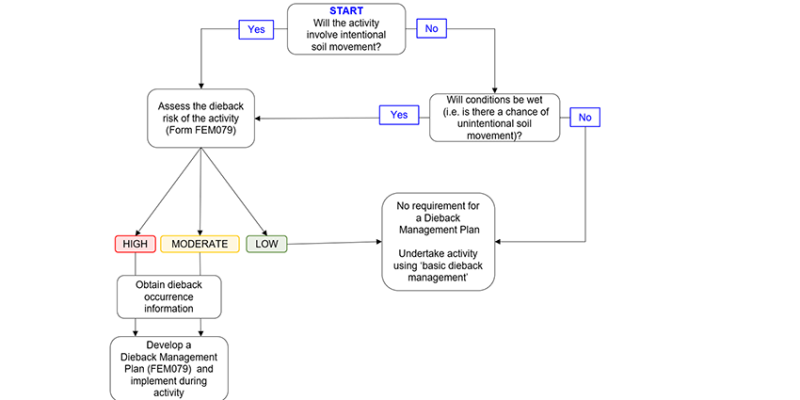
The decision tree summarises the risk assessment and Dieback Management Plan development process. To obtain Phytophthora dieback occurrence information, contact a registered Phytophthora Dieback Interpreter.
